Ironman Busselton is a common choice for triathletes based in Asia. In fact, it is the Ironman I usually recommend to many of our athletes doing their first one. The relatively easy access to Perth, similar time zones and mild temperature are some of the benefits of racing in Busselton.
And the course is very, very fast. Winners usually get close to the 8-hour mark, which is definitely the benchmark for a fast course. Since this race made its debut in 2004, pros have had to finish in 8:16 or faster to secure victory. The exception was 2005 when stormy conditions slowed the overall times—the top time that year was 8:27.
Swim (3.8km)
The one-lap swim takes place at the stunning Busselton Jetty. Athletes start on one side of the jetty and swim around it (which, incidentally, is fantastic for spectating friends and family). It is a wetsuit swim with a deep water start, which is something all athletes should be ready for. Swimming in a wetsuit, although it feels generally easier due to the extra flotation the suit provides, is also harder on your shoulders.
Training in a wetsuit is recommended to strengthen your specific swimming muscles, and to get used to the feel of the suit and the extra strain on the shoulders. However, athletes based in the southern Asian locations such as KL, Singapore or Bangkok, face another problem: they only have access to warm pools. The hot weather and water make training in a wetsuit not only uncomfortable, but also dangerous due to risks of dehydration and overheating.
A great way to simulate a wetsuit swim, without using the suit, is by swimming with a set of paddles and a pullbuoy. The buoy simulates the buoyancy of the wetsuit, while the paddles add the extra strain on the shoulders.
A long swim with the pull gear, broken down in short repeats, is a perfect workout to simulate race day, such as the following:
LONG SWIM – Strength + Endurance
25-35x100m, swum as:
* First 4 easy warmup
* Last 2 easy cooldown
* The rest ALL SAME SPLIT (meaning: start easy and hold the split)
* Maximum SUSTAINABLE pace
* NEVER burning lungs
* Aiming for DEAD ARMS
* Use XS or small Tyr Catalyst paddles + pull buoy (biggest you can find)
* 15sec rest after each
Don’t aim to destroy yourself aerobically in these! The goal is to swim steady—not to set best times—holding your best time that is sustainable for the entire set.
This set is about swim strength. You keep your heart rate down by using the paddles, while the pull buoy gets you positioned properly so you can focus on arm technique (which the paddles help with as well). It’s not a lung scorcher, so you are nice and recovered aerobically. Breaking the session down in shorter repeats gives you the same aerobic benefit as a straight swim but the short rest is enough to allow you to swim faster and with a better technique, teaching you good habits.
Bike (180.2km)
The three-lap pancake-flat H-shaped bike course can be fast and furious. In some years strong winds have been present.
As confusing as it sounds, the biggest challenge of this course is that it’s 100% flat. The problem lies in the fact that you get no break or resting period at all, as opposed to hilly or undulating courses on which you can coast and rest a bit when going downhill.
Busselton requires some serious bike endurance and strength, both leg and core, since you are supposed to ride on your aerobars for the entire bike leg.
It is important to do most of your long bike sessions on a flat course to improve your endurance and specific racing needs. If you live in a hilly area with very limited access to flat roads, an indoor trainer is a great option to work on endurance since it simulates the no-rest-or-coasting conditions of Busselton.
Apart from riding long and on a flat course on your weekends, a great way to simulate the later stages of the bike leg is by doing a negative split ride on the trainer in your time trial position, as described below:
1hr negative split ride as:
20min easy
20min moderate
20min hard
**race cadence (70-80rpm) and on your aerobars for the entire workout
Run (42.2km)
The new four-lap run course along the Busselton foreshore is also flat, which only adds to the neuromuscular fatigue of your already tired biking legs. At Busselton, there are no hills but there is also no rest!
Your muscles are firing at the same rate and your stride is exactly the same for the entire course. Unless you are a very experienced triathlete who is aiming for a placing, I highly recommend using a run:walk protocol, which provides you with a neuromuscular reset every so often.
In racing, aid stations may be our saving grace in more ways than just the opportunity to refuel. They give us a reason to stop or slow down for a short period of time. This, it appears, is enough time for a rest in neuromuscular patterns to occur. Many professional Ironman racers will walk through aid stations. This is simply because they have learned that taking on fuel is easier after walking while they also feel better when they resume running. These breaks seem to ward off fatigue.
A great way to simulate this scenario is by structuring your long runs with walk breaks to fuel, which will also give you the opportunity to run with a better technique, at a faster pace, and it decreases injury risk.
Long run structured as:
2hr20 to 2hr40 (depending on level, background, goals, etc) as:
9min run at 90 steps per minute
1min power walk for refueling
To sum it up, Ironman Busselton is a great experience, both for the first-time ironman and the veteran looking for a PB, but make sure you develop your endurance, learn how to use muscular resets on the bike and run, since the flat course can be extremely challenging.
Enjoy your training.
Coaching Tips: Races in Asia – Ironman Western Australia
– By Vinnie Santana — ironguides.net
ironguides is the leading Lifestyle Facilitation company for athletes of all abilities. We provide coaching and training services, plans and programs, as well training education, health and fitness products to help you learn and live a healthy lifestyle. Come get fit with one of our monthly training subscriptions, event-specific training plans, coaching services, or a triathlon training camp in an exotic location! ironguides also provides Corporate Health services including Corporate Triathlons, Healthy Living retreats and speaking engagements. At ironguides, your best is our business!
Train with ironguides!
Personalized Online Coaching: Starting at USD190/month
Monthly Training plans (for all levels, or focused on one discipline): Only USD39/months
Event based training plans:
Sprint Distance (USD45 for 8-week plan)
Olympic Distance (USD65 for 12 week plan)
Half Ironman (R$95 for 16-week plan)
Ironman (USD145 for 20-week plan)
X-Terra (USD65 for 12-week plan)
Running Plans (10k, 21k and 42k – starting at USD40)



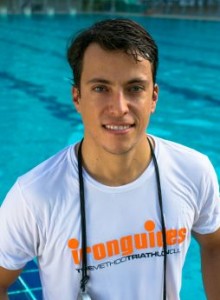



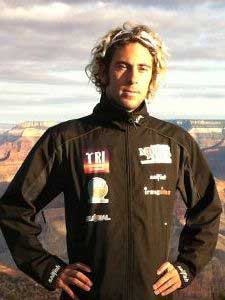 Alun ‘Woody’ Woodward, Certified ironguides Coach –
Alun ‘Woody’ Woodward, Certified ironguides Coach –

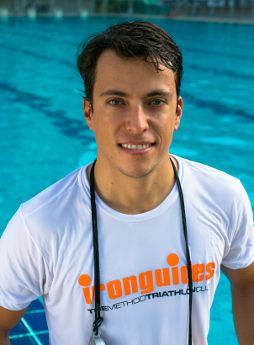




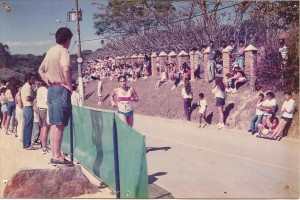
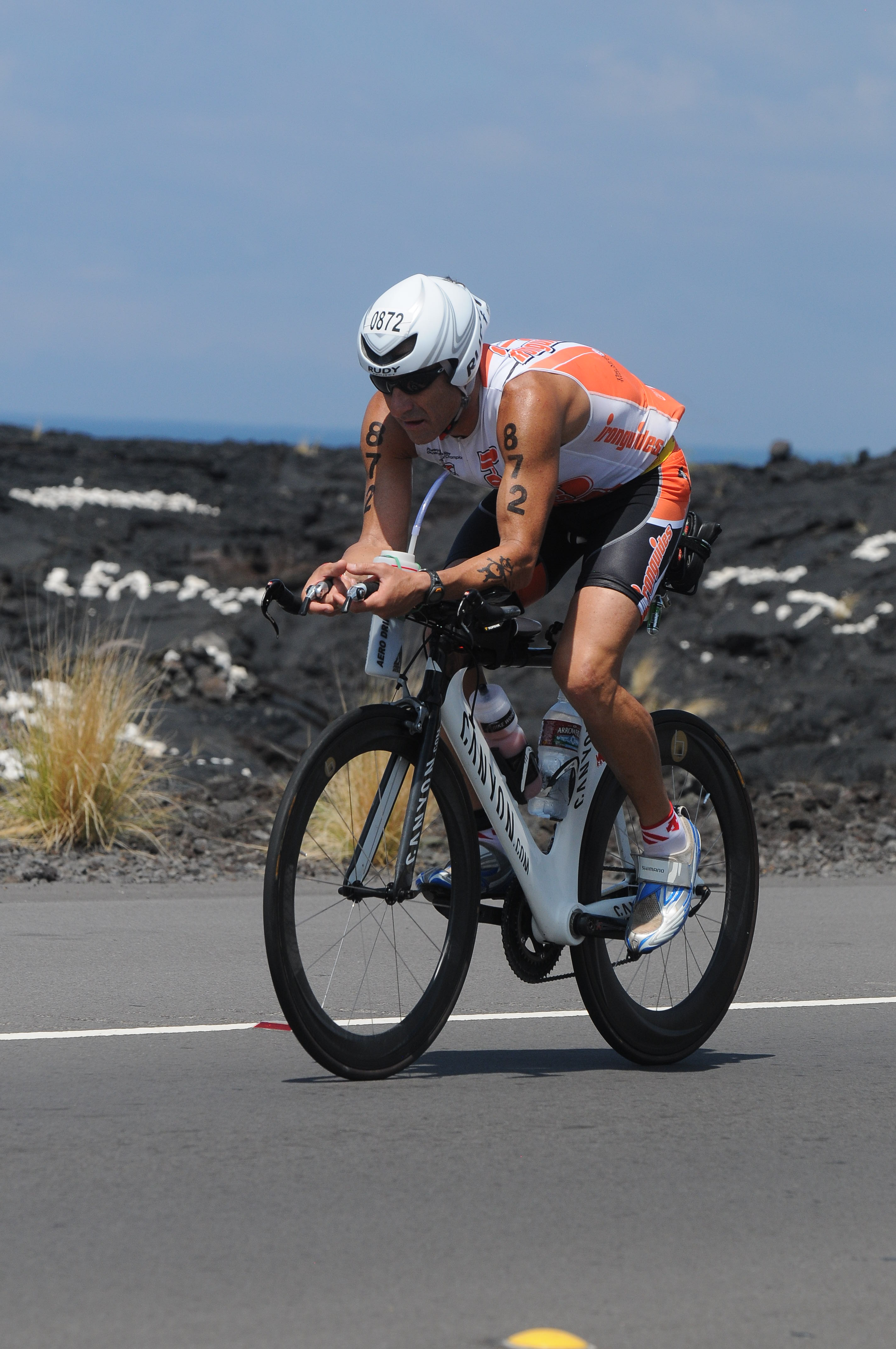
Recent Comments